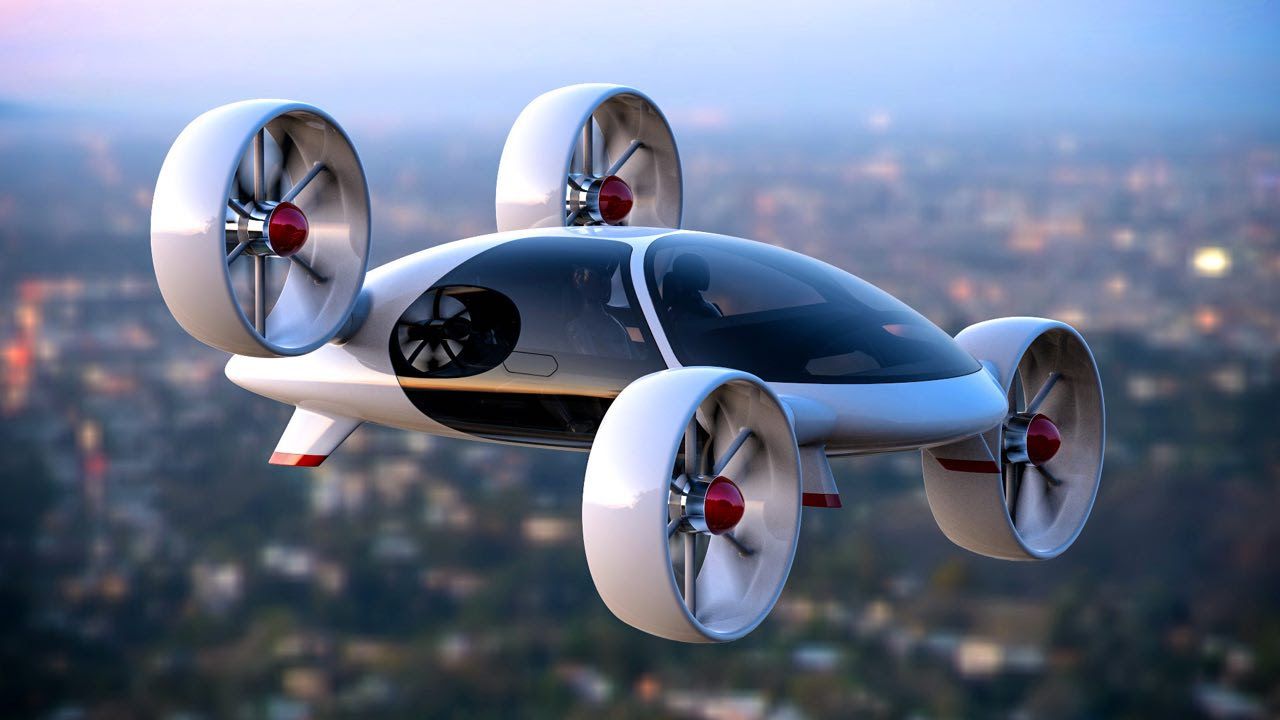Technology plays a vital role in the development and improvement of transportation systems. It enables faster, safer, and more efficient movement of people and goods across different distances and locations. Technology also helps to reduce the environmental impact of transportation by making it more sustainable and less polluting. I will be listing five inventions that have contributed significantly to the advancement of transportation in recent years and how they have changed the way we travel and transport.
Hyperloop
Electric vehicles
Electric vehicles (EVs) are vehicles that run on electricity instead of gasoline or diesel. EVs have several advantages over conventional vehicles, such as lower operating costs, lower emissions, and less noise. EVs also have the potential to integrate with smart grids and renewable energy sources, creating a more resilient and sustainable transportation system. EVs are becoming more popular and accessible, with many countries and cities offering incentives and policies to encourage their adoption.
Autonomous vehicles
Autonomous vehicles (AVs) are vehicles that can drive themselves without human intervention. AVs use sensors, cameras, artificial intelligence, and machine learning to navigate complex traffic situations and road conditions. AVs promise to improve the safety, efficiency, and convenience of transportation by reducing human errors, congestion, and accidents. AVs also offer new possibilities for mobility services, such as ride-hailing, car-sharing, and delivery.
Drones
Drones are unmanned aerial vehicles (UAVs) that can fly autonomously or remotely controlled. Drones have various applications in transportation, such as delivering goods, inspecting infrastructure, monitoring traffic, and providing emergency services. Drones can also provide new forms of personal transportation, such as flying taxis or recreational vehicles. Drones are expected to revolutionize the transportation industry by creating new markets and opportunities.
Maglev trains
Maglev trains are trains that use magnetic levitation to lift and propel themselves along a track. Maglev trains have several benefits over conventional trains, such as higher speeds, lower noise, lower maintenance costs, and less energy consumption. Maglev trains can reach speeds of up to 375 mph (600 km/h), making them one of the fastest modes of transportation in the world. Maglev trains are currently operating in countries such as China, Japan, and South Korea, and are being developed in other regions such as Europe and America.



